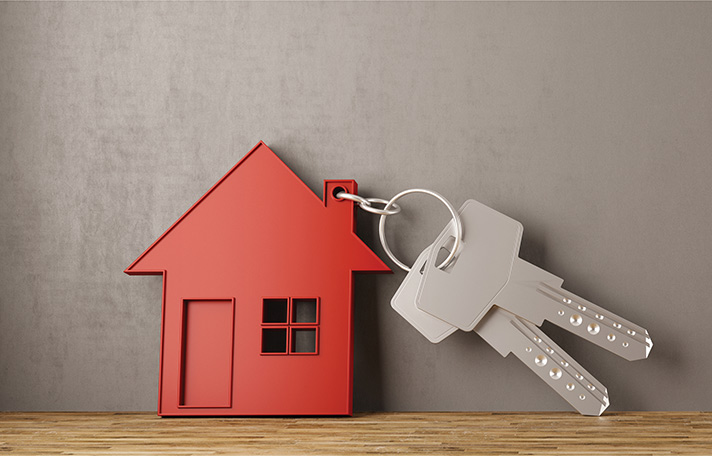On Real Estate & More – Dec 2023/Jan 2024
By now, everyone knows that the demand for housing has been in a slump as homebuyers wait, hoping the market will become more affordable. Home prices are still near all-time highs, and recently the average 30-year fixed mortgage rate hit a 23-year high. Despite this, there are hardly any homes for sale—which is continuing to push up prices and affect affordability even more.
How is this possible? The normal assumption is when costs increase to buy a home, demand would drop, and more homes would come on the market. Yet here we are, looking at a housing market that has barely any inventory available.
The housing market is highly unusual right now, and it has been for a while. In fact, since the pandemic, the process of buying and selling a home really hasn’t been “normal” at all. The housing market came to a halt in early 2020 as the world shut down for the pandemic, but then took off like a rocket. 30-year fixed mortgage rates spent the second half of 2020 under 3% and demand for homes exploded.
This new demand from those who were waiting for homes to become more affordable collided with an already record-high wave of first-time homebuyers entering the market. At the same time, current homeowners and investors took advantage of low rates to purchase second homes and investment properties. This quickly depleted supply, which was already trending down thanks to a lack of new home building after the 2008 housing crash. When foreclosures and short sales skyrocketed, builders really pulled back on new construction for many years. They’ve been trying to catch up for the last decade, but it just hasn’t been enough to keep up with the growing housing needs.
Another unique issue affecting housing supply is that today’s homeowners have such low mortgage rates that they either won’t sell, or they cannot afford to sell and take on a more expensive housing payment at a higher rate. And this isn’t just a small number of homeowners. Nearly two-thirds of all mortgages today have an interest rate below 4%, and some below 3%. Most of these homeowners will not move due to their low, fixed-rate mortgage.
While existing homes are hard to come by, newly-built homes are taking over the market. Roughly one-third of homes for sale were new builds, up considerably from past years. The National Association of Realtors (NAR) predicts that new home sales will increase almost 14% in 2024. Homebuilders are seeing such a big increase in market share mostly due to a lack of competition from existing home sellers. Builders are also able to offer huge incentives such as mortgage rate buydowns, along with lender credits to help cover closing costs. This allows them to sell at higher prices but makes the monthly payment more manageable for the buyer.
The combination of high mortgage rates, high home prices and low inventory levels are lining up to make the 2024 housing market a challenging one for both buyers and sellers. This new reality of low housing supply is probably going to persist for the foreseeable future. Buying today means you will be able to lock in your home’s price before housing costs increase even more. If interest rates do go down in 2024 as some experts predict, market activity should heat up in response. Once those rates go down, Buyers can refinance to a permanently lower rate.
However, before making any decisions on your homebuying or selling plans, it’s crucial that you look at your specific financial situation. If you are not financially prepared to take on a mortgage payment today, you should wait to initiate any change of homeownership until you can comfortably afford it.

 Sandy J. Brown lives in Jacksonville and is a real estate broker and land use planner with Windermere Van Vleet Jacksonville. She can be reached at sandyjbrown@windermere.com or 831-588-8204.
Sandy J. Brown lives in Jacksonville and is a real estate broker and land use planner with Windermere Van Vleet Jacksonville. She can be reached at sandyjbrown@windermere.com or 831-588-8204.